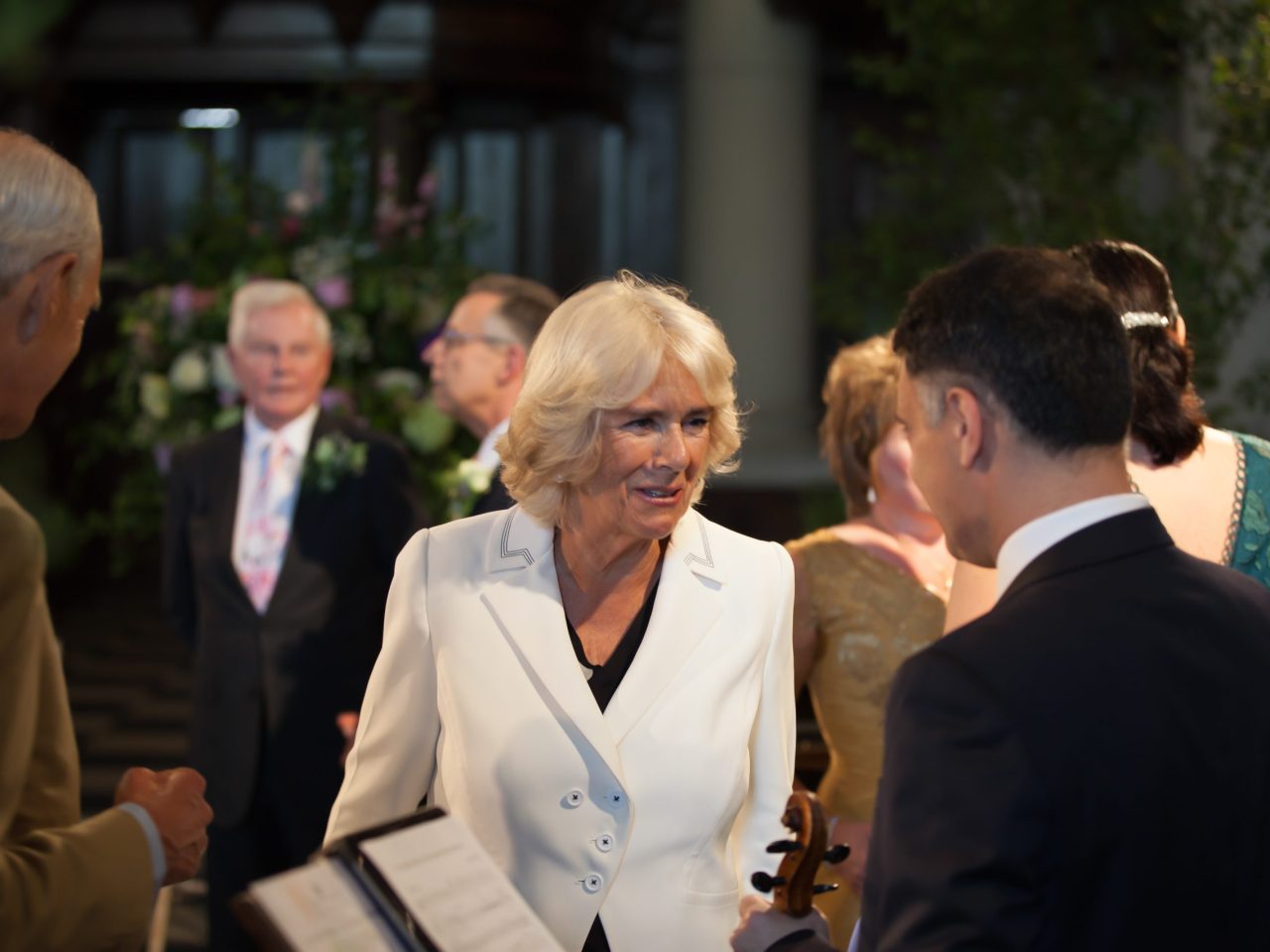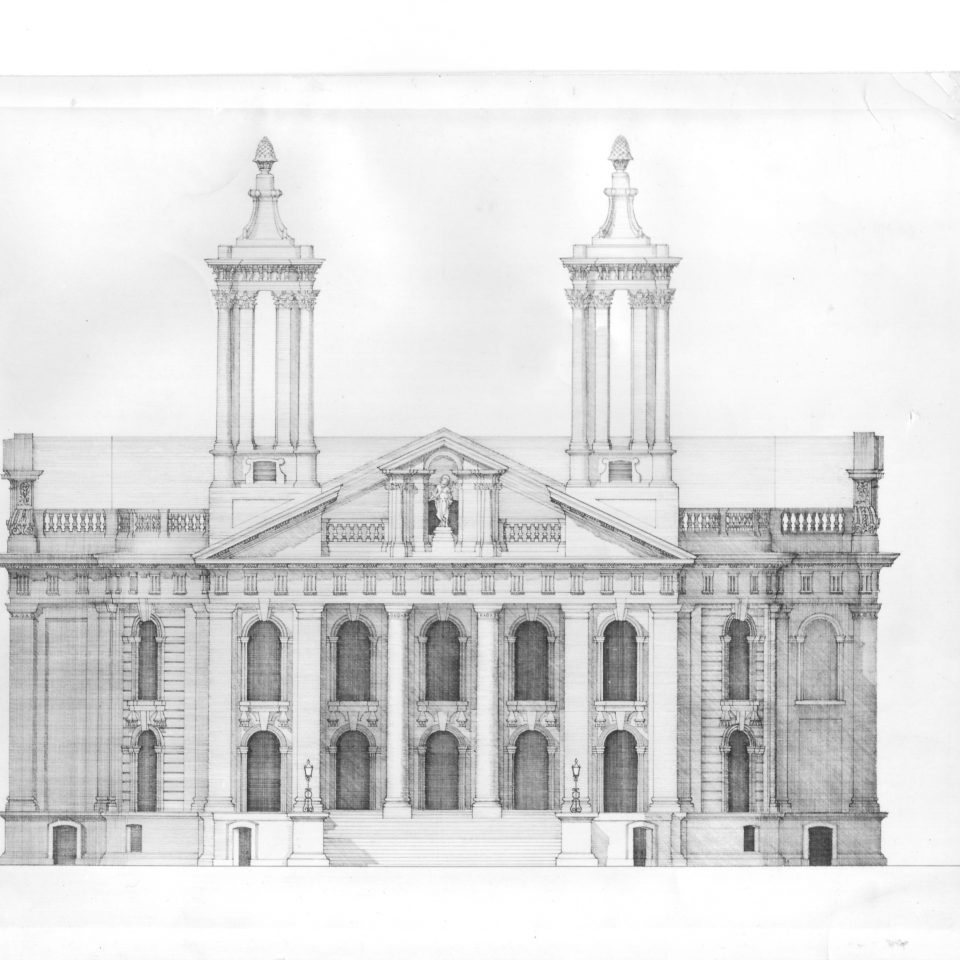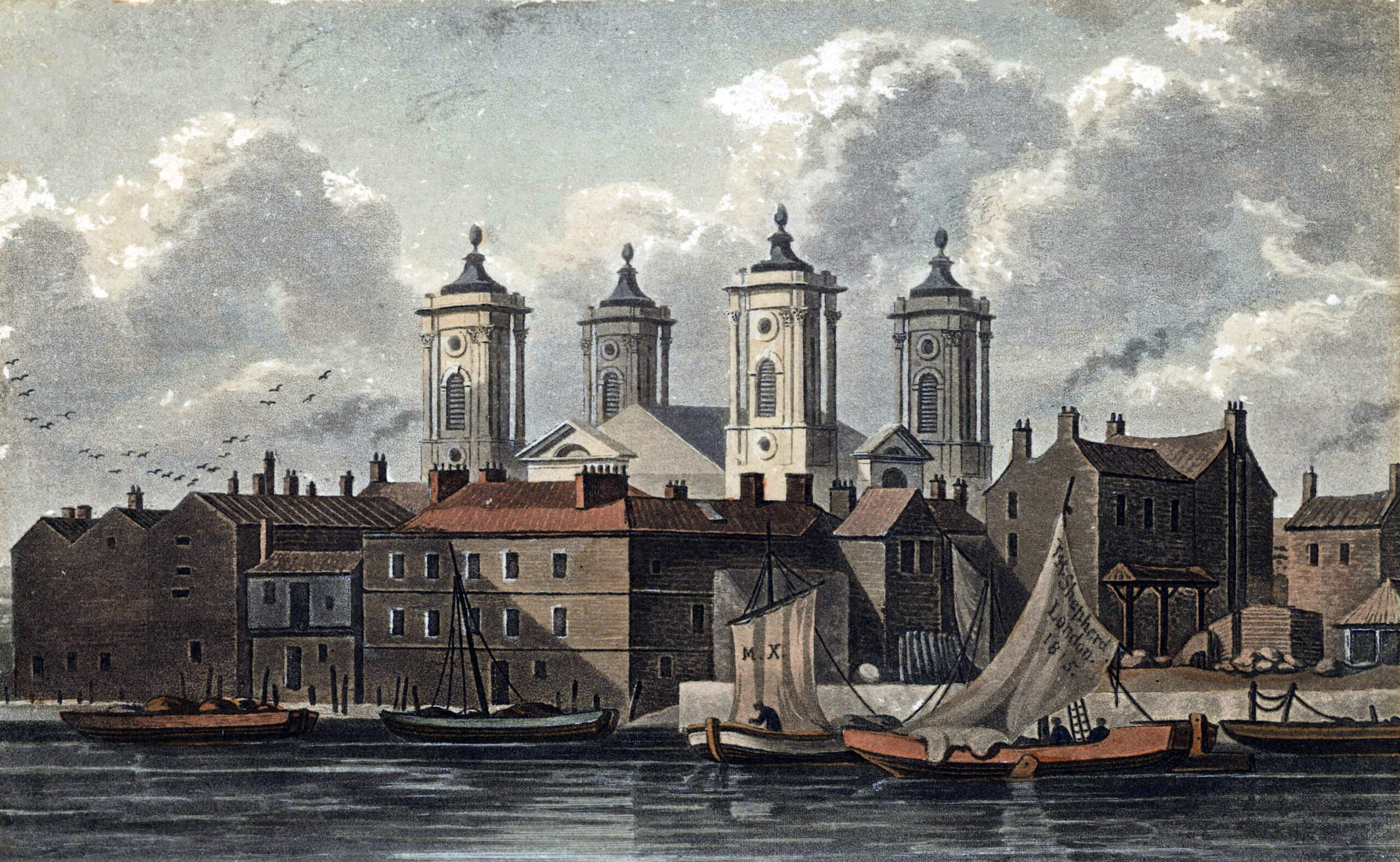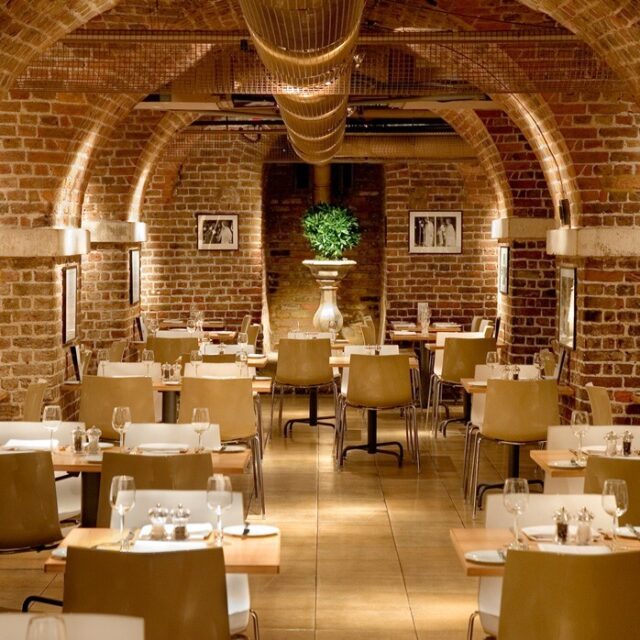From royalty to activists, discover some of the women who have left a lasting impact on Smith Square Hall’s 300-year legacy.
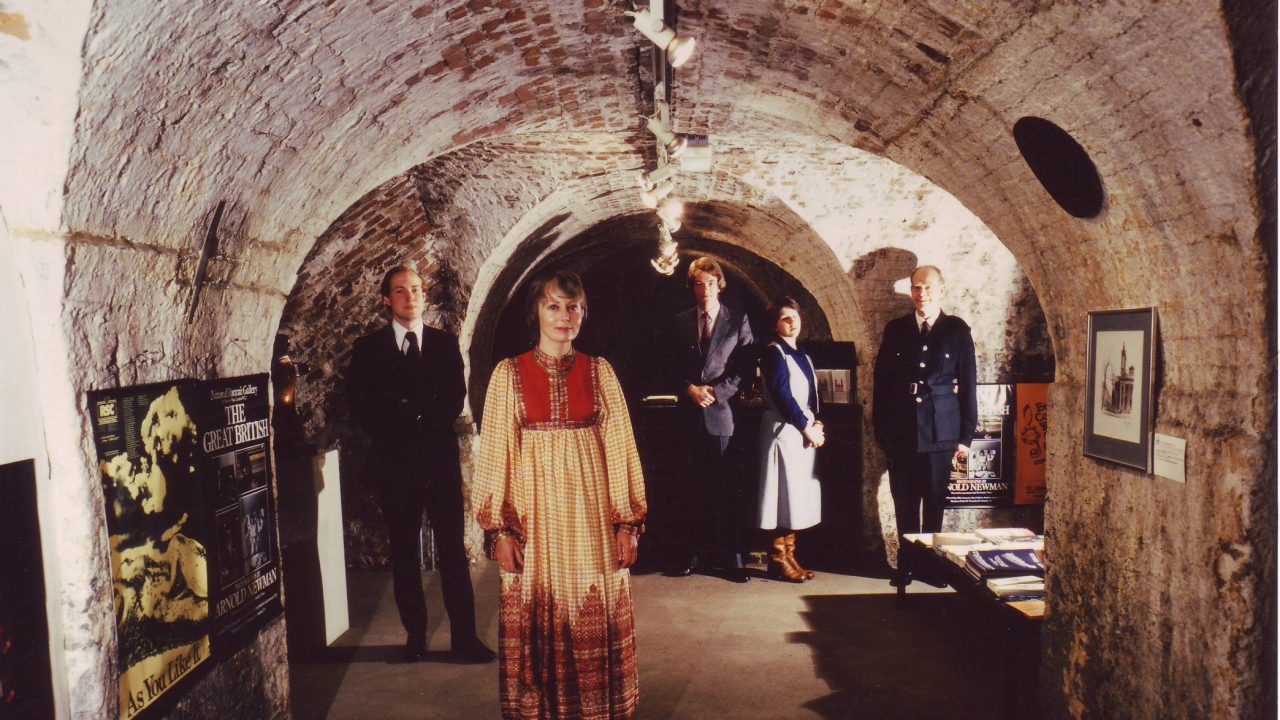
News & Stories
Women who shaped Smith Square Hall’s History
Fri 7 Mar 2025
Anne, Queen of Great Britain (1665 – 1714)
In 1711, the Commission for Building Fifty New Churches (also called ‘The Queen Anne Churches’) was appointed by the Act of Parliament. This bill proposed 50 new churches in London to meet the capital’s growing population. The last of the Stuart monarchs and the first sovereign of the United Kingdom, Queen Anne approved this Act, marking the beginning of plans to build St John the Evangelist.
Designed by Thomas Archer following a personal request by the Stuart monarch, legend goes that Queen Anne, when consulted about how the new church should be built, petulantly kicked over her footstool. ‘Like that’, she snapped, pointing at the upturned footstool shape. The nickname ‘Queen Anne’s Footstool’ was given to the building early on in its history.
The church not only stood as a bold architectural statement, but a testament to Queen Anne’s legacy in shaping the cultural and architectural landscape of early 18th century London.
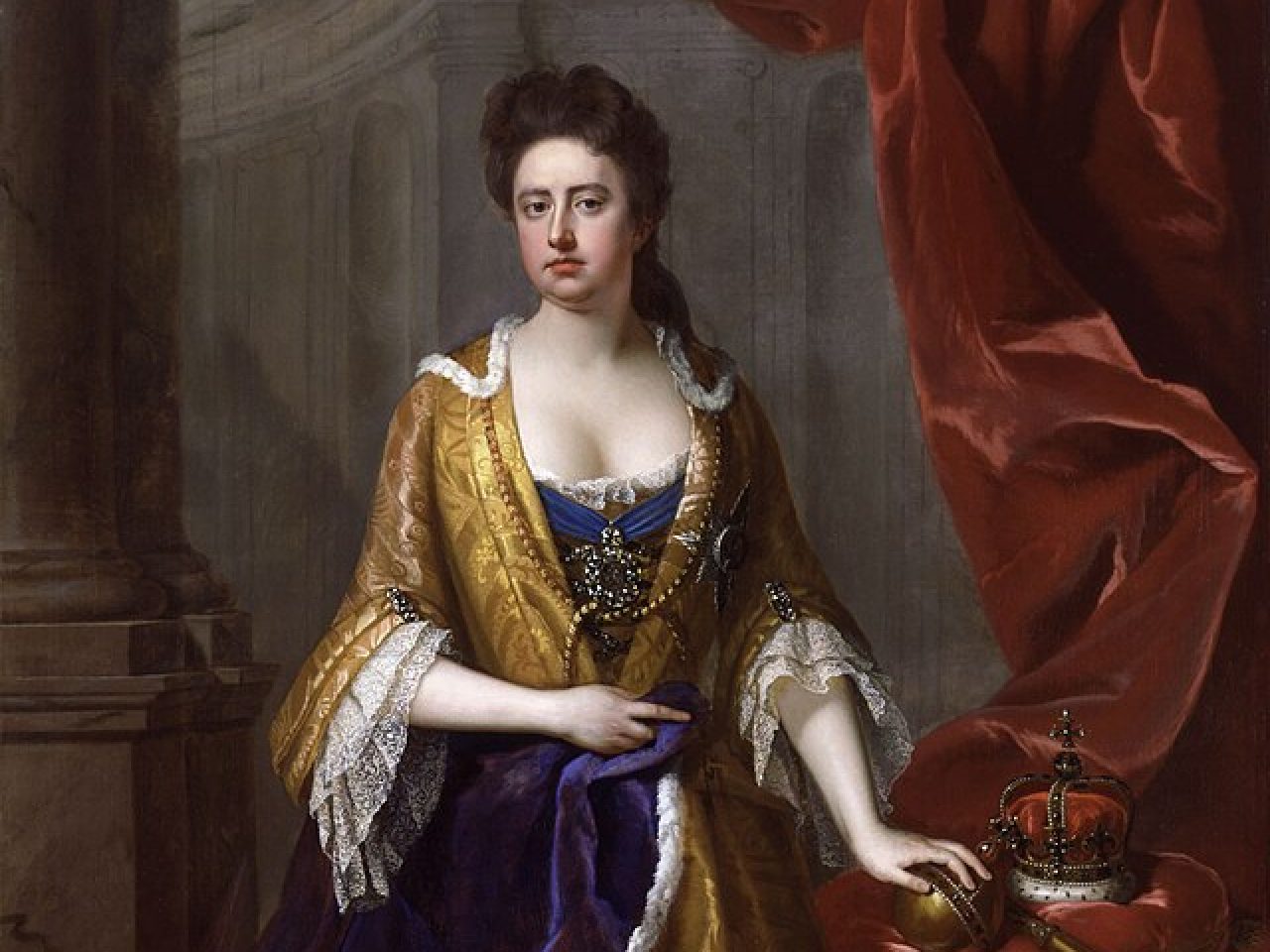
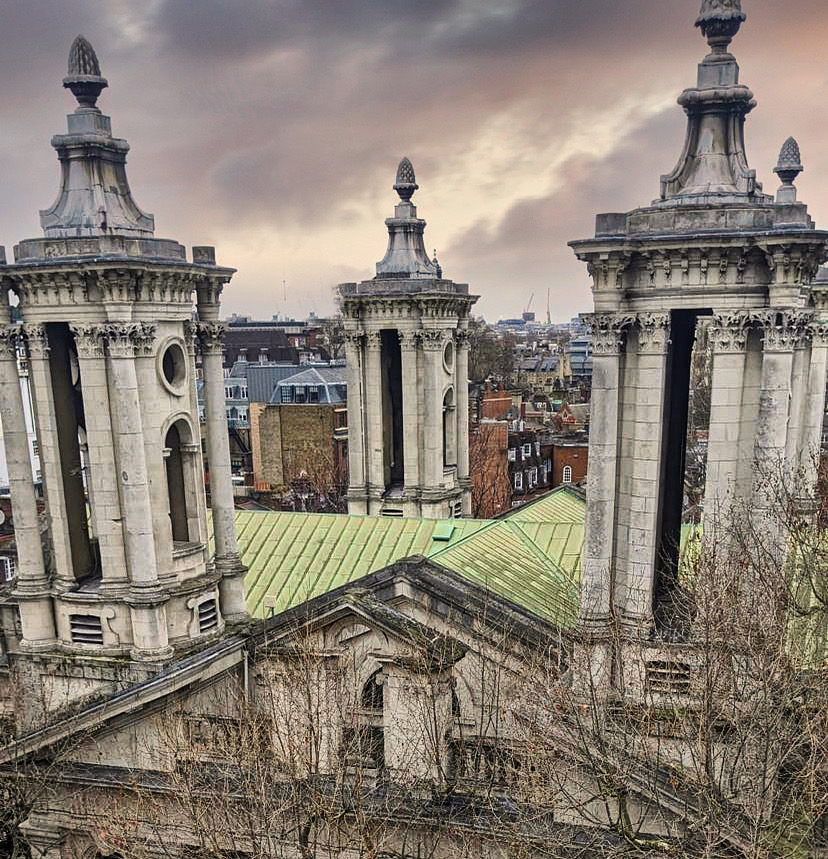
Lady Parker of Waddington
On 10 May, the final night of the Blitz, St John’s Church was directly hit and gutted by a bomb. It lay in ruin for over 20 years, and there was talk of turning the site into a car park. However, it was due to a local resident, Lady Parker of Waddington, that the first steps were taken to rebuild the church as nearly as possible to Archer’s original design, and as a concert hall.
Lady Parker formed the Friends of St John’s in 1962 to help raise funds to restore the church and raise awareness of its historical and architectural significance. Thanks to her efforts, the building was reopened as a concert hall in 1969.
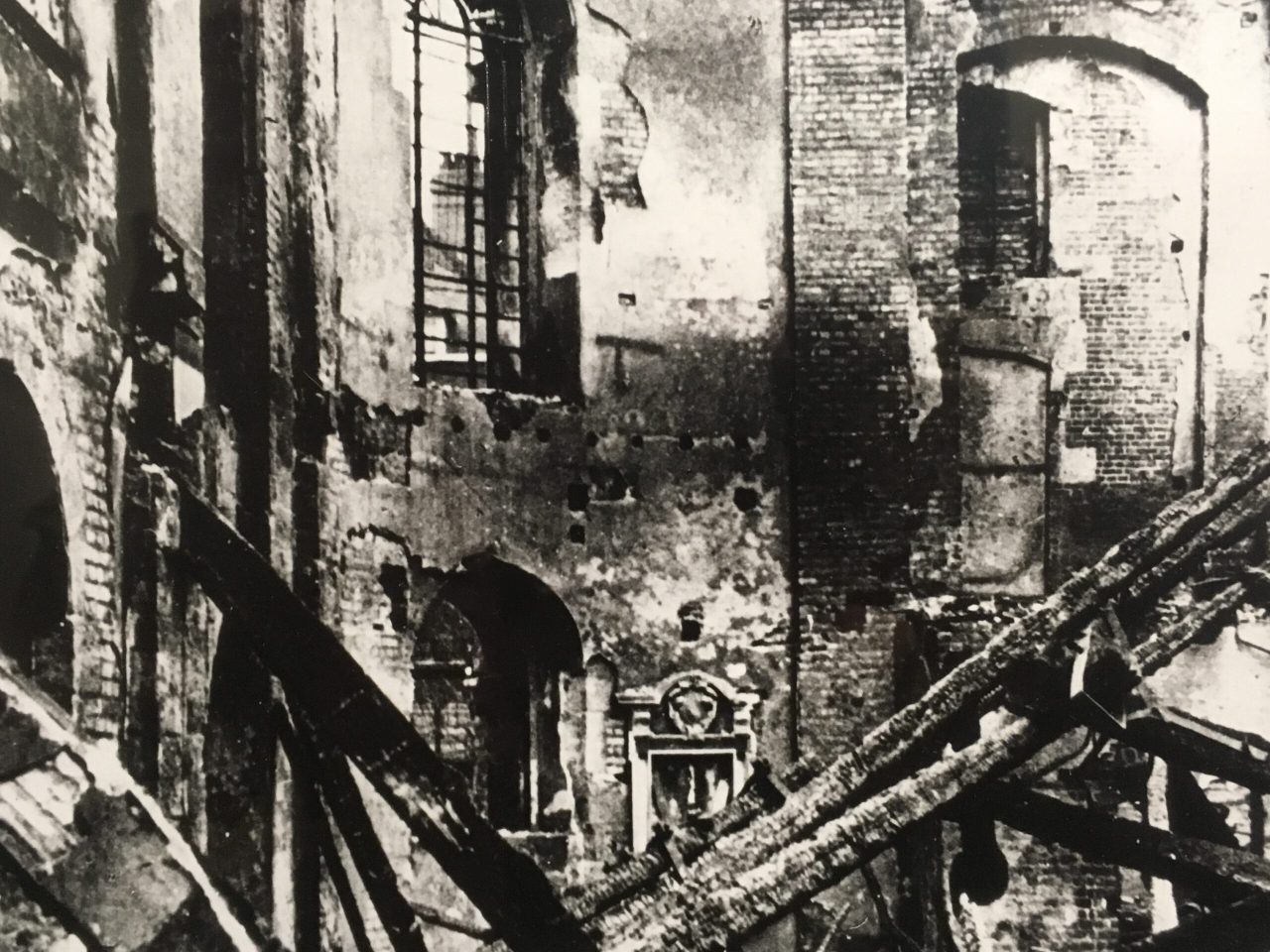
Dame Joan Sutherland
Considered one of the leading opera singers of the 20th century, Australian soprano, Dame Joan Sutherland, played a significant role in Smith Square’s musical history. Following the restoration of the venue after it was gutted by a bomb, the Hall opened on 6 October 1969. The opening recital was given by Dame Joan Sutherland, alongside Richard Bonynge, in the presence of H.R.H. The Princess Margaret, the Friends of St John’s Smith Square, and their guests. Dame Joan Sutherland returned to perform at the venue again in 1989 to celebrate 20 years since its reopening.
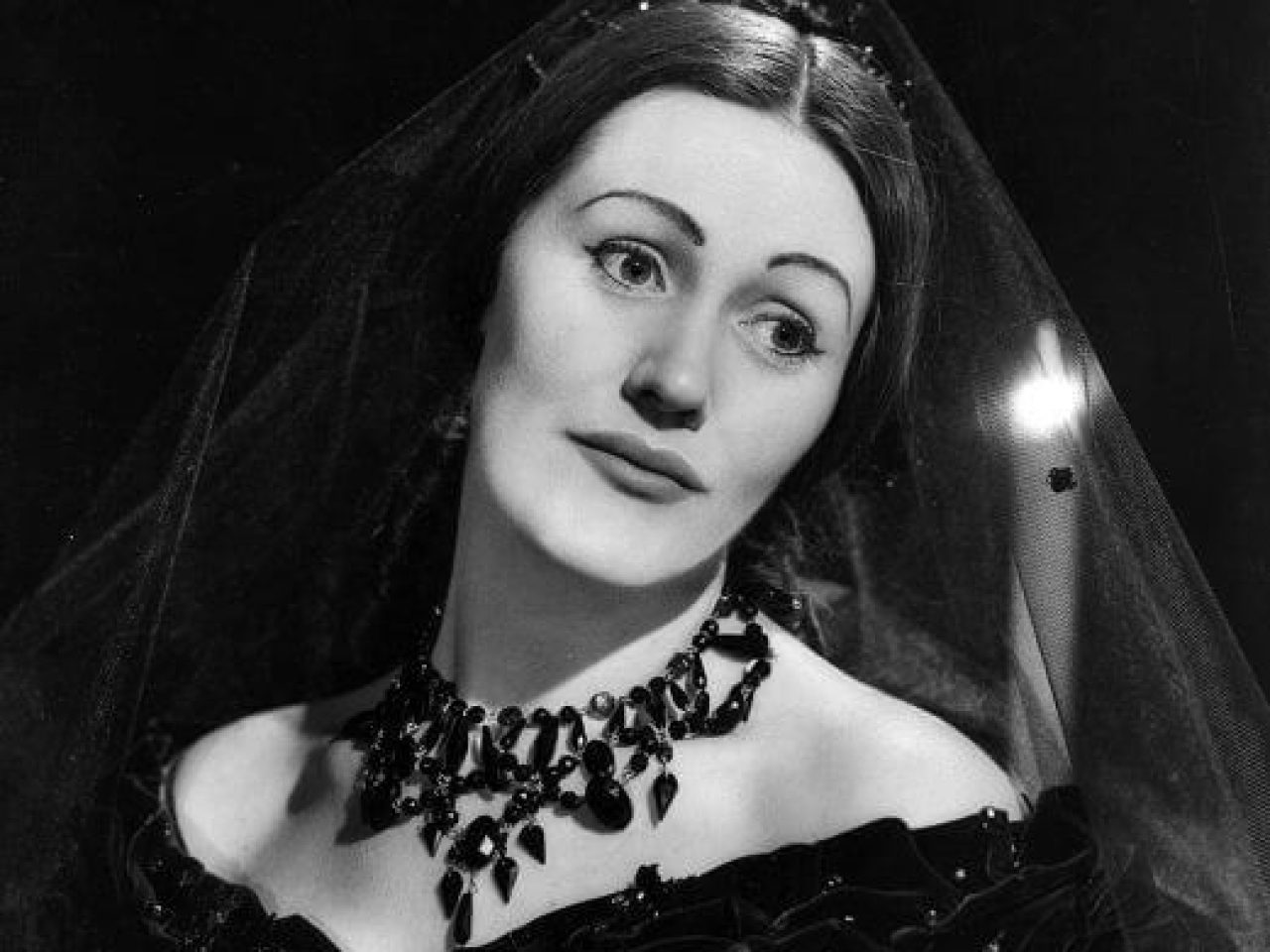
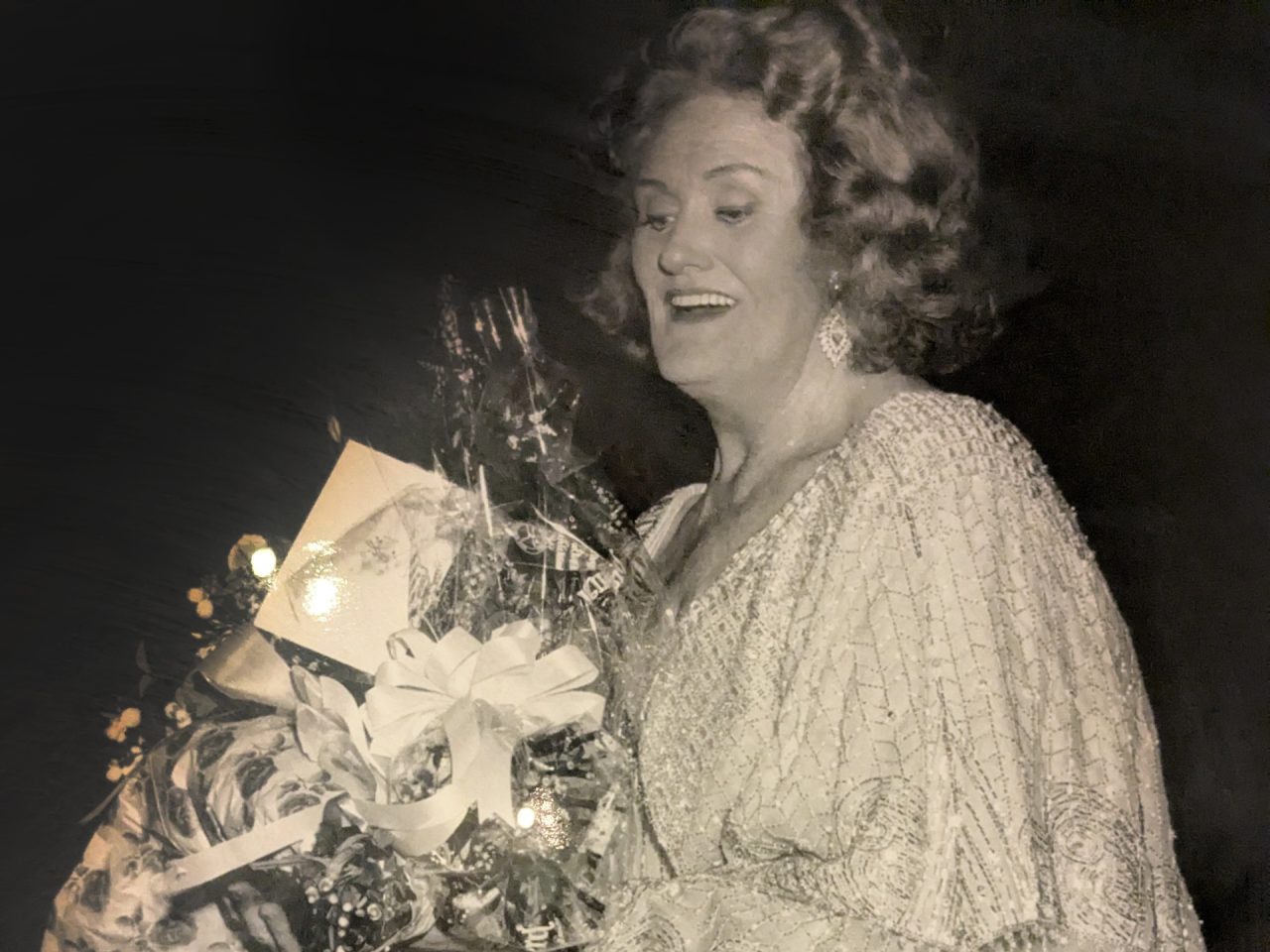
Joanna Brendon MBE
Joanna Brendon served as the first Director of St John’s Smith Square when it reopened as a concert hall in 1969. She curated concerts and festivals, with artists including: Jacqueline Du Pré, Daniel Barenboim, Pinchas Zukerman, and William Walton. During her 16 year career at Smith Square, her artistic innovation meant she played a pivotal role in establishing the Hall as one of London’s most reputable concert venues. Joanna was awarded an MBE in 2004 for her contributions to the arts.
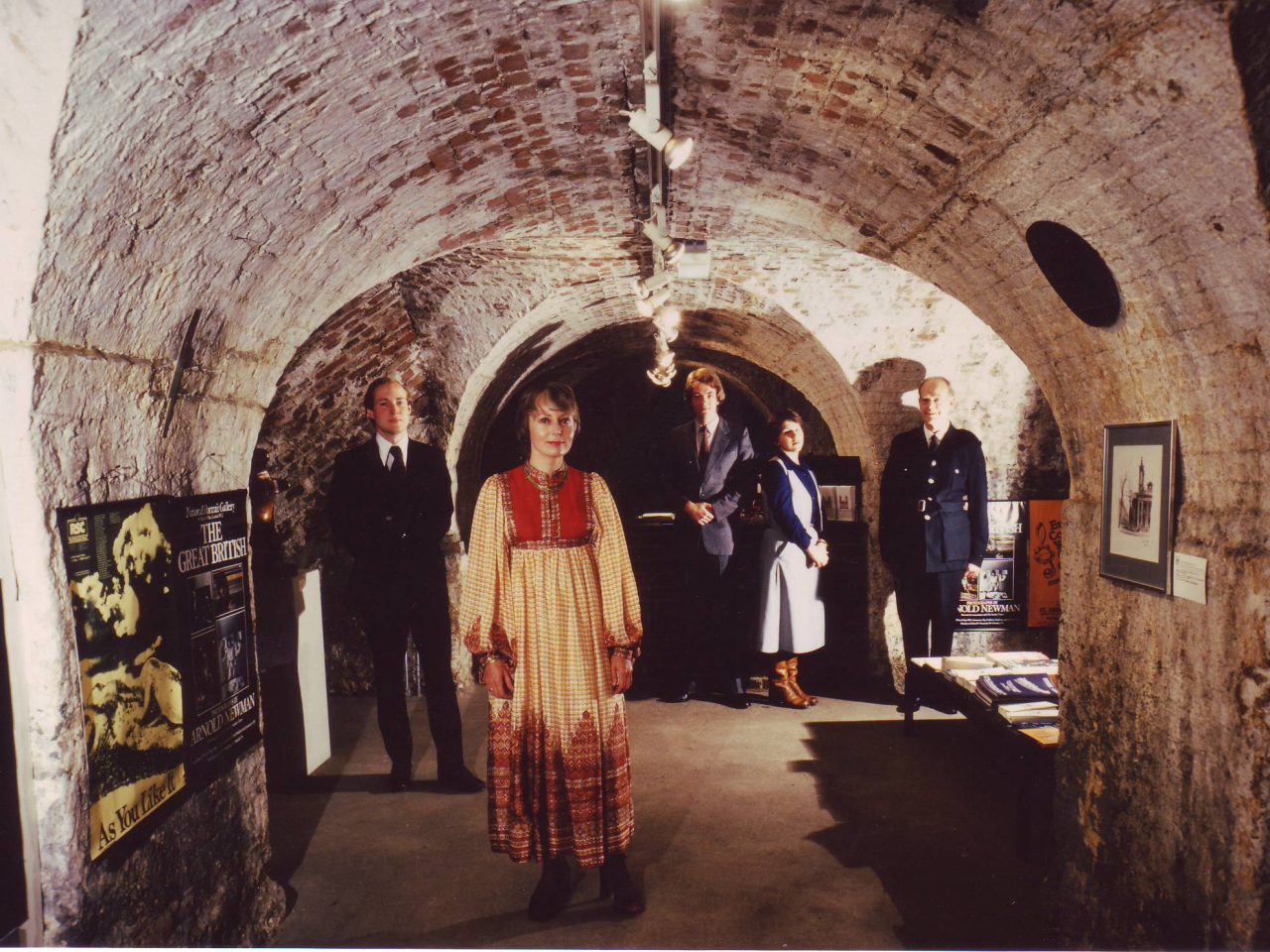
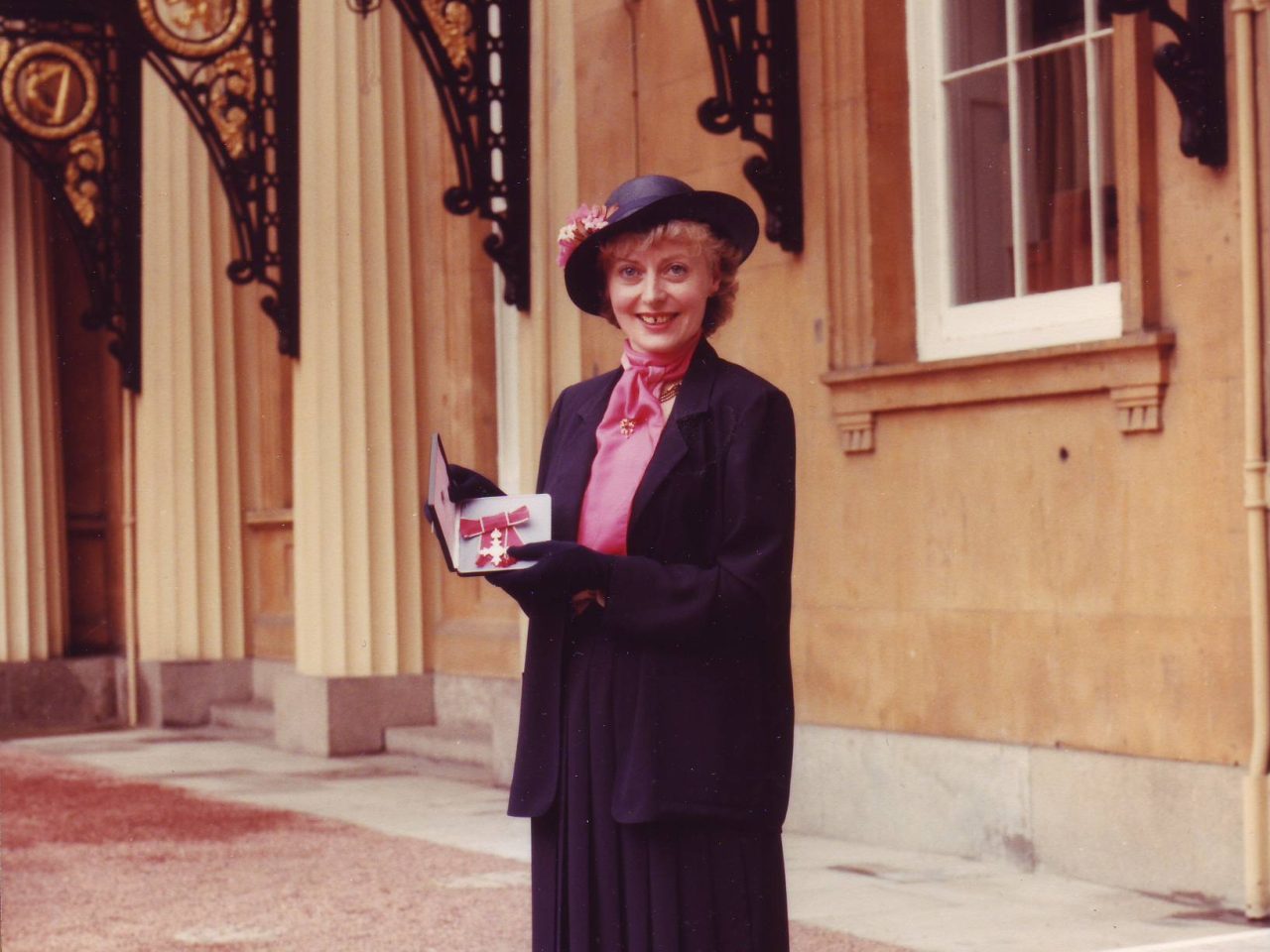
Emmeline Pankhurst
During the 20th century, St John’s Church became a site of protest for the Women’s Social and Political Union, also known as the Suffragettes. On 28 February 1913, the church was bombed. The explosion caused significant damage to the interior—shattering the iconic stained-glass window and destroying several seats in the gallery.
The church was linked with Suffragette activity once more, when in 1928 it held the funeral of Emmeline Pankhurst, British Political Activist and leader of the Suffragette movement. 55,000 mourners attended.
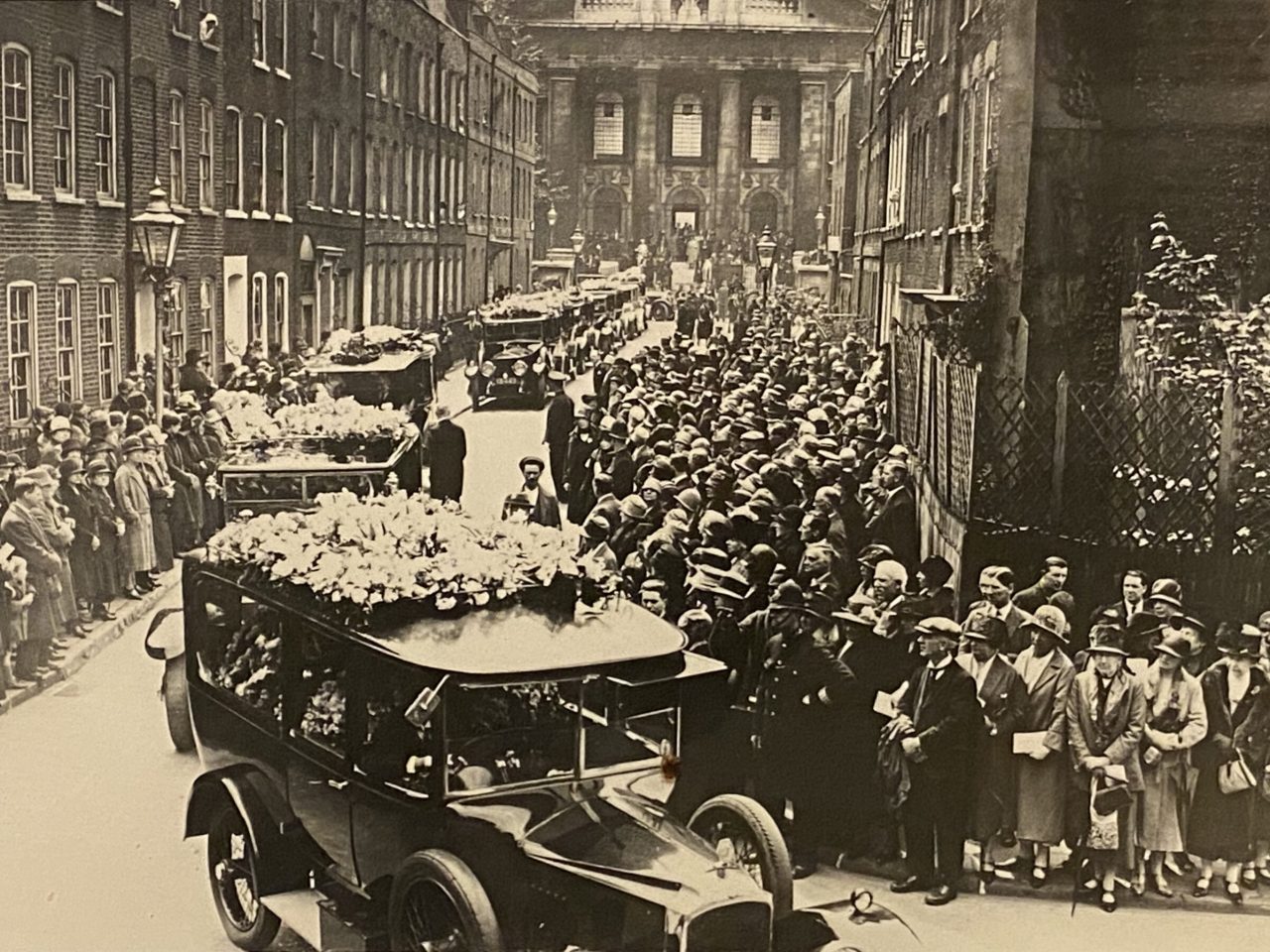
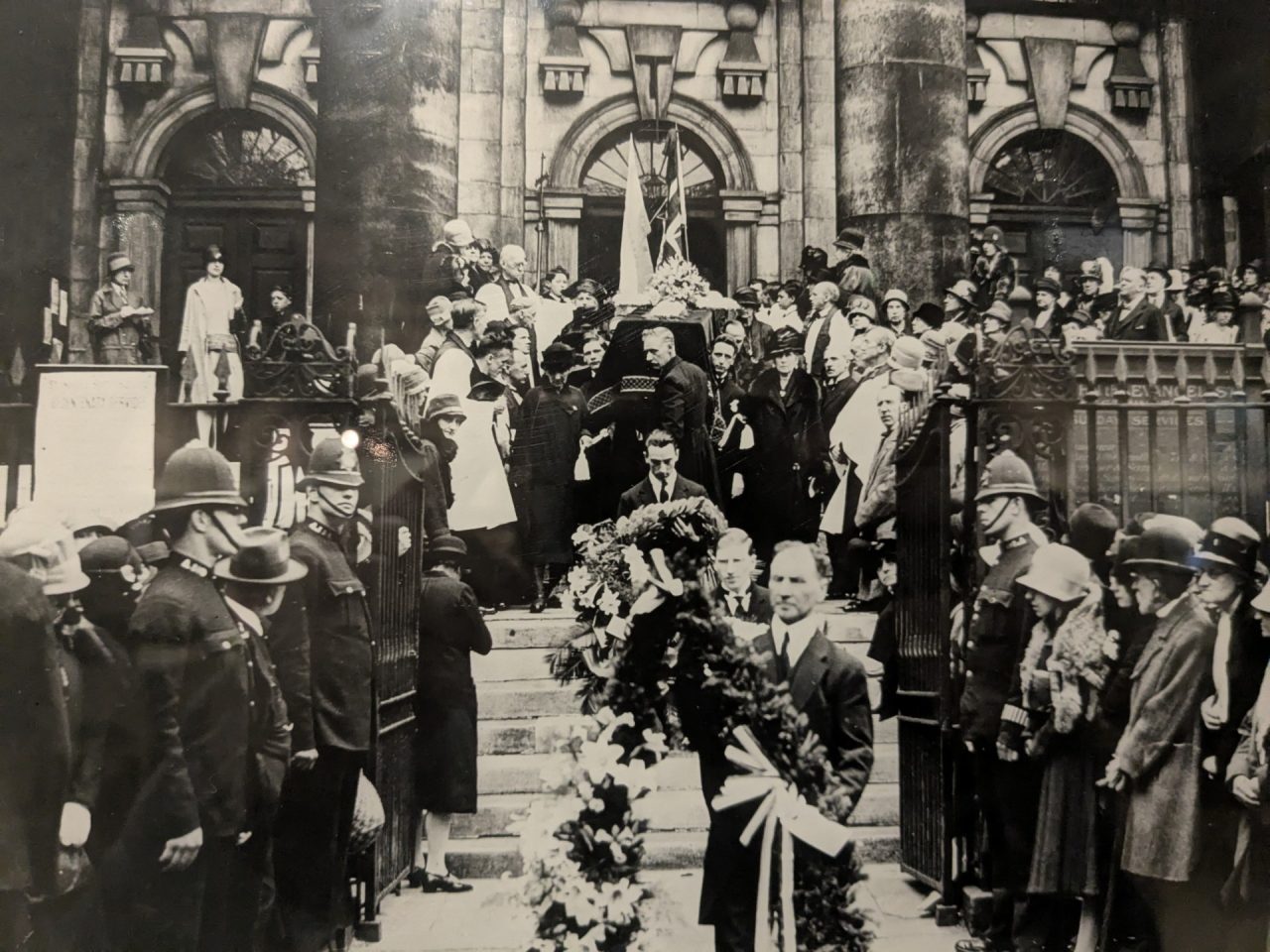

Her Majesty The Queen
Since 2003, Her Majesty Queen Camilla has been the Royal Patron of Sinfonia Smith Square, supporting and encouraging our efforts to sustain the future of classical music at Smith Square Hall and beyond. The Queen has been a great champion of our work inspiring the next generation of musicians and music-listeners, and continues to show this through our Royal Patronage, which enables us to open our home to audiences and musicians from around the world.
